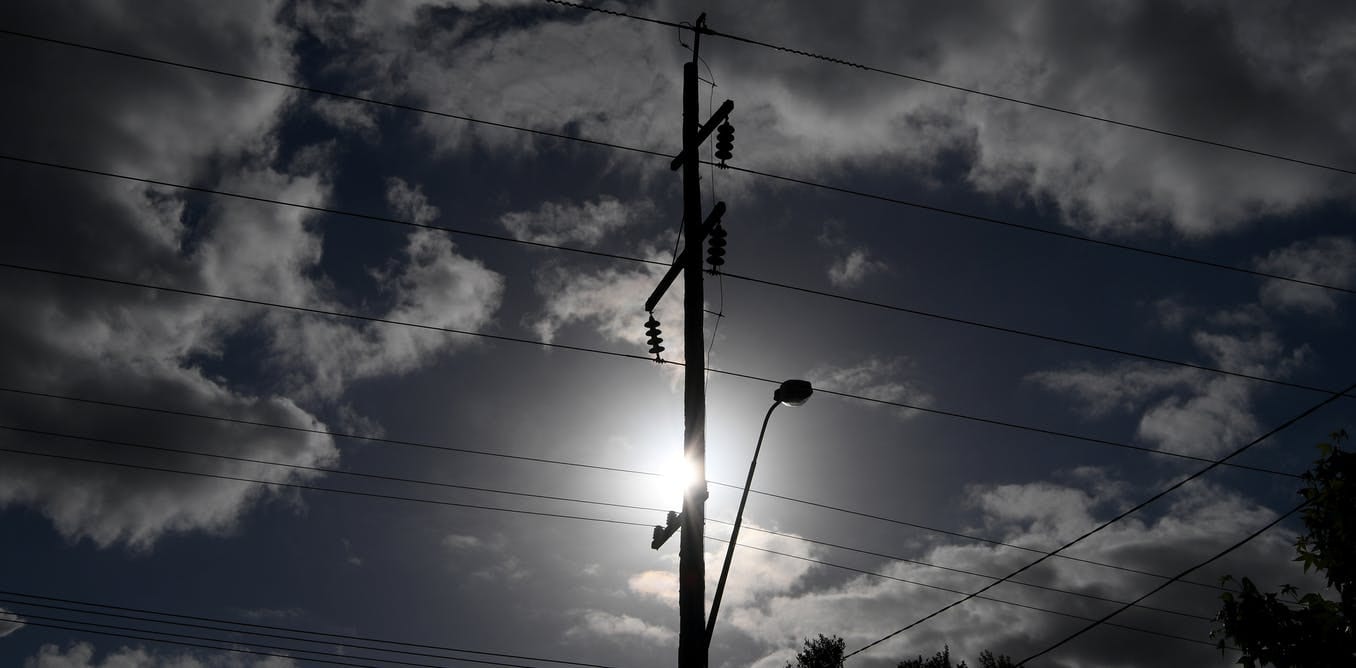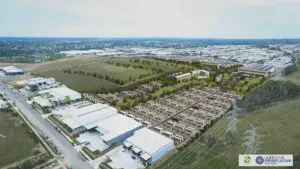Australia is about to take another significant step towards breaking the market power of the country’s electricity generation cartel – and prepare for a renewables-dominated grid – with the main rule maker finally allowing demand response to enter the wholesale electricity market.
The Australian Energy Market Commission on Thursday released draft proposals that would allow major energy users – like smelters and refineries – to more easily be paid for reducing demand on the power system, which currently relies only on rarely-used but usually horribly expensive “peaking” generators to be switched on to meet demand peaks.
The market reform on DR is regarded as equally significant to the recent decision to switch the settlement periods from 30 minutes to 5 minutes, another rule change designed to address market rorts by the incumbent generation fleet and to encourage technologies such as DR and battery storage.
However, like that 5-minute rule, the introduction of demand response will be delayed, and will likely not take effect until mid 2022 – meaning it won’t be available for critical peak periods in the coming summers, much to the frustration of some DR and consumer advocates, who note how even short periods of high demand can distort prices significantly.
Another detail that will frustrate advocates is the decision not to make demand response available to households, which could hinder efforts from the likes of Tesla, and software companies such as Greensync and Reposit, who want to package up DR offerings, using the resources offered by battery storage, for instance, as “virtual power plants.”
For the time being, at least, these companies will have to work through established retailers, most of whom rely on the revenue streams – including from peak demand periods – from the generation fleet that they also own.
The prising open of the incumbent market to demand response has been a long time coming. It was first advocated as a smarter and cheaper way of helping manage peak demand by the Parer Review way back in 2002, and again in the Power of Choice Review in 2012.
But the existing generators, mostly state owned at the time, and fearful of missing out on the huge profits they make by selling electricity at extremely high prices in demand peaks, fought it tooth and nail, and the AEMC refused to budge, even as late as 2015.
The ruling can be considered a major victory for the experts and advocates who have passionately campaigned for a focus on the demand-side of the equation, often in the face of huge resistance from the supply-side oligopolists who have traditionally dominated the industry.
It is, notably, the first major rule change accepted by the AEMC that has come primarily from consumer groups, in this case the Total Environment Centre, the Public Interest Advocacy Centre and The Australia Institute, although this decisions differs from their proposals in that is doesn’t allow household participation and has sightly different market settlement arrangement.
It is hard to imagine how the AEMC could have continued to resist the shift. AEMO chief executive Audrey Zibelman has been pushing demand response, and the idea that it is smarter and cheaper to switch things off, rather than build or switch on expensive fuel-burning machines, ever since she landed in Australia in early 2017.
Demand response is a common feature in the US and European electricity markets. And in recent years, DR has also won the support of the ACCC, the Finkel Review, and the COAG energy council.
Even so, the incumbent generators remained furious in their opposition to demand response, fighting the move as vigorously as they have fought energy efficiency guidelines and the renewable energy target, and anything else that loomed as a threat to their business.
Snowy Hydro CEO Paul Broad even branded demand response as “enforced blackouts” in an effort to keep the technology at bay.
Snowy Hydro is wholly owned by the federal government and because of that Broad answers to the minister for “lowering electricity prices”, Angus Taylor.
But in its submission Snowy Hydro complained that “the introduction of the DRM would … dampen high spot price signals.” Yep, that is what it is designed to do, invite big energy users to get paid for not using power when they don’t need it, and lower electricity prices for all. Taylor issued a statement welcoming the change, saying it “complements our work in giving power back to consumers.”
Demand response appears in various forms in the market. It is a key component of AEMO’s reserve trader mechanism, which is a last resort package to keep the lights on, and it features in network management. The shift of electric hot water systems to night-time controls, and the recent shift to the midday “solar sponge”, are a key example.
AEMC chairman John Pierce said in a statement accompanying the 220-page ruling that it would be introduced “as quickly as possible”, and said it would help tackle rising wholesale prices at peak times, reducing electricity costs for everyone, and mean that less new build is necessary, a critical point as the coal fleet is phased out.
“Most simply, demand response is a consumer choice to turn down or turn off their electricity use in response to a signal to do so,” Pierce said.
“So if wholesale prices are higher, there is more incentive for demand response. It makes sense to manage demand for electricity if we are going to deliver reliable energy at the least possible cost.”
Pierce noted that DR advocates have complained that retailers have not done enough to encourage demand response. But he also appeared to buy the retailer argument that “adding new players will end up costing consumers more.”
It is this, and the argument for “consumer protection” that caused the AEMC to baulk at opening the market to households. In time, however, this must change.
As the UK’s National Grid points out in its new Future Energy Scenarios, the involvement of households and technologies such as electric vehicles and vehicle-to-grid functions may be crucial to managing a grid dominated by renewables and decentralised energy resources.
This seems a rare opportunity where the rule-maker can keep abreast of rapid technology change.
Still, the main proponents declared themselves satisfied with the AEMC decision, in which demand response is treated as equal to conventional electricity generation in the wholesale market. But they wanted households to be included by the time the new rules come into effect by mid 2022.
PIAC’s Craig Memery said a demand response mechanism will be important for maintaining reliability as Australia’s 20 coal plants retire.
Dan Cass, from the Australia Institute, said Australia’s peak demand problem meant households, businesses and farms are paying too much for electricity.
“High peaks during heatwaves put reliability at risk and the AEMC has recognized that demand response is a smart, efficient solution. The three biggest electricity markets in the world – China, America and the EU – are pursuing similar reforms and Australia must keep up.”
Mark Byrne, of the Total Environment Centre, said wholesale demand response pushes down prices for all consumers and puts money in the pocket of consumers who can reduce their demand for short periods on peak days.
“Much of the time they won’t even notice, as the process will be automated and controlled by specialist aggregators. The only losers from this reform are the energy companies that want to dominate the generation and retail markets and keep prices high.”
Pierce hinted that there was more reform to come, in time.
“Technology is developing fast and changing the economicsof the market. It won’t be long before digitalisation gets to the point where a truly two-sided market is possible,” he said.
“That’s a market where consumers actively manage their decisions to consume or not consume. The mechanism we have designed takes advantage of these technological advances. We want to start opening up the system so when technology is mature enough there is a clear runway for widespread demand side participation to take off.”










